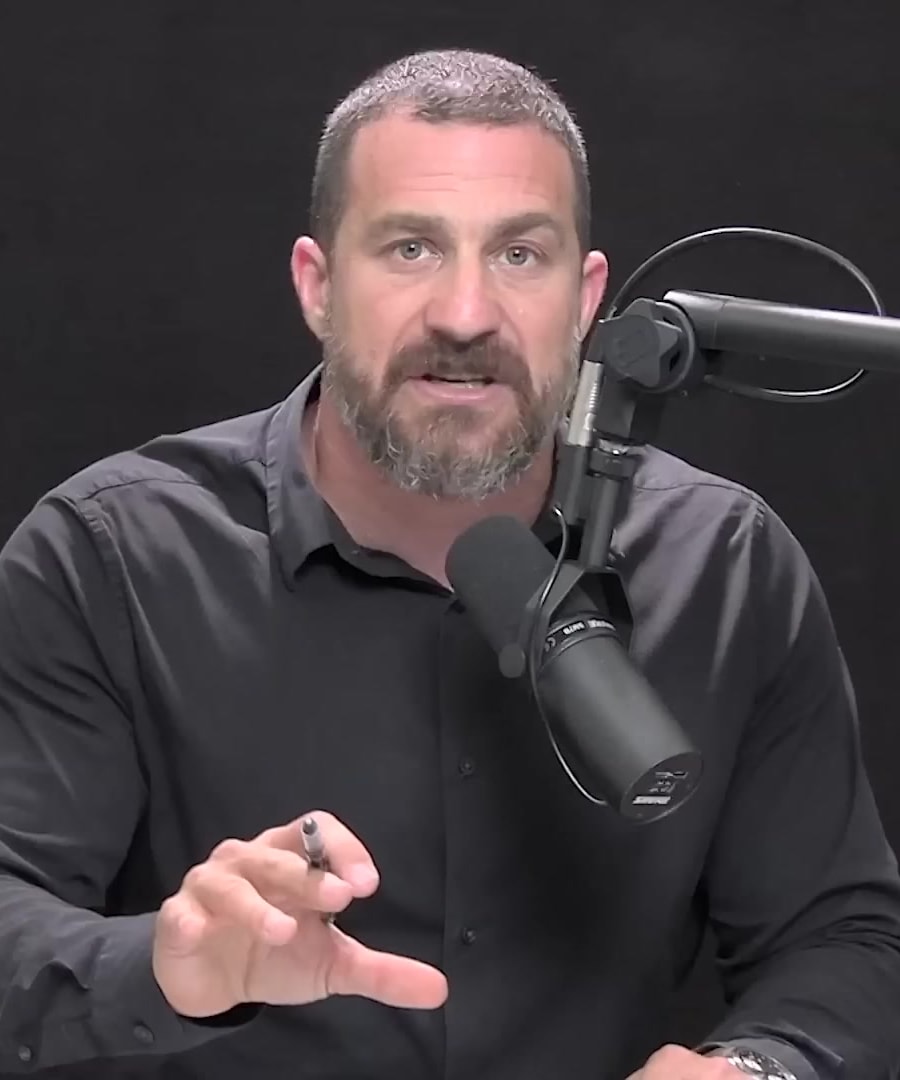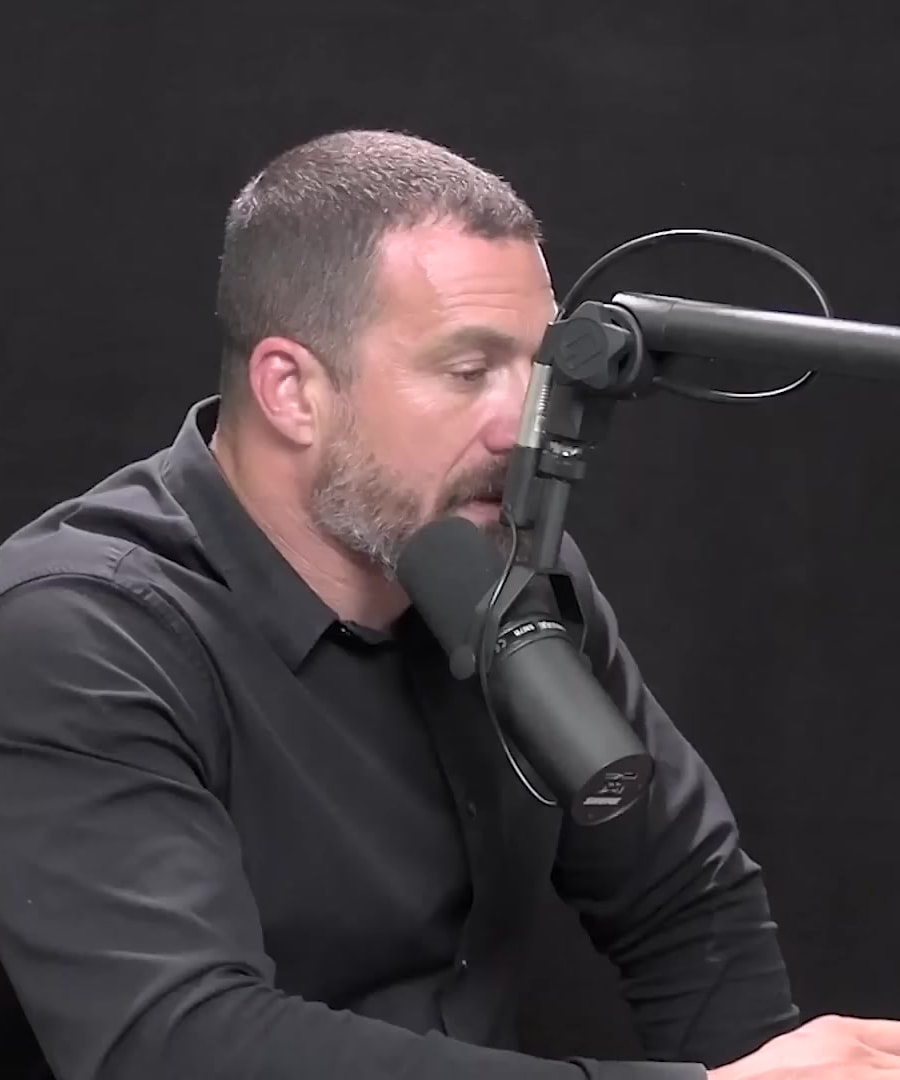Stretching protocols
Sources:
shares several research-backed protocols on stretching to improve flexibility and range of motion. Here's a summary of the key insights:
Basic Protocol:
- Static Stretching:
Flexibility Mechanisms:
- Neural, Muscular, and Connective Tissue:
- Flexibility improvements come from short-term neural changes, muscle stretch tolerance, and adaptations in connective tissue.
- Mechanisms involve inhibiting the muscle spindle reflex and the Golgi tendon organ for better stretch tolerance 3.
Additional Benefits:
- Stretching can also help with relaxation, reducing inflammation, and possibly impacting immune-related responses to conditions like cancer.
- Examples include reduced systemic inflammation and tumor growth in specific animal studies 4 5.
Varieties of Stretching:
- Static Stretching: Can be active (with effort) or passive (relaxed into position).
- PNF (Proprioceptive Neuromuscular Facilitation): Uses neural feedback to enhance flexibility. This might involve using straps, weights, or partners to assist 6.
- Dynamic and Ballistic Stretching: Involve momentum to target specific performance goals before physical activities 7.
Effective Implementation:
- Implement three sets of 30-second holds per session, ideally done five times a week.
- Rest times between sets are flexible, but doubling the stretching duration for rest might be beneficial.
- Warm-up before stretching for better effectiveness 7 2 6.
Understanding these mechanisms and protocols allows tailoring a stretching regimen to individual goals, which can significantly impact flexibility and overall physical health.
For additional details, you can refer to the of .
RELATED QUESTIONSHealing tissues
Sources:
provides several insights into tissue healing and repair. Here are the key points from his discussions:
Cellular Turnover and Healing:
- Gut and Skin Turnover:
- The gut and skin exhibit significant cellular turnover, vital for wound healing and repair.
- Processes like wound healing involve the production of new skin cells and the development of new blood supply through angiogenesis (formation of new blood vessels) 1.
Role of BPC 157:
- Peptide Therapeutics:
- BPC 157 is a gastric peptide shown to promote cellular turnover and migration, thus aiding tissue healing.
- It encourages cellular turnover and angiogenesis, delivering essential blood supply to injured tissues, such as muscles or joints 1.
Psychological Factors:
- Dopamine and Healing:
- The dopamine system, associated with motivation and a sense of future, can accelerate wound healing and recovery from illness.
- Techniques to boost dopamine levels include positive future thinking, cold water exposure, and specific breathing exercises (e.g., cyclic hyperventilation) 2.
Experimental Evidence:
- Limitations and Anecdotal Reports:
- While there is substantial anecdotal evidence suggesting benefits of substances like BPC 157, there are fewer controlled trials due to financial constraints and academic interest.
- Nevertheless, many individuals, including researchers, report improved recovery from injuries when using BPC 157 3.
These insights illustrate the multifaceted approaches to enhancing tissue healing, involving both biological and psychological strategies. For more details, explore related episodes of the .
RELATED QUESTIONS- Gut and Skin Turnover:
Stretching protocols
- RELATED QUESTIONS
Healing tissues
- RELATED QUESTIONS









